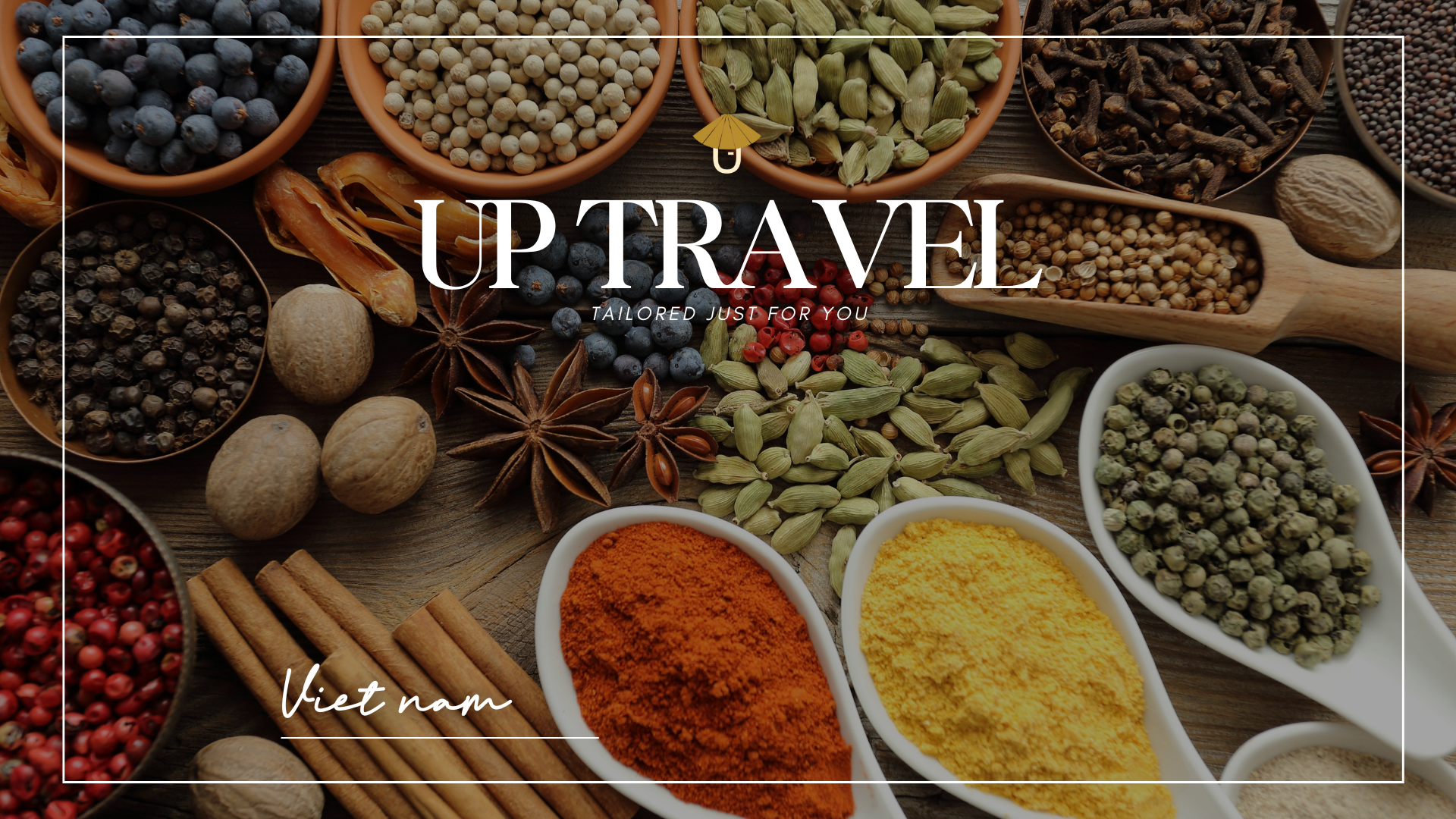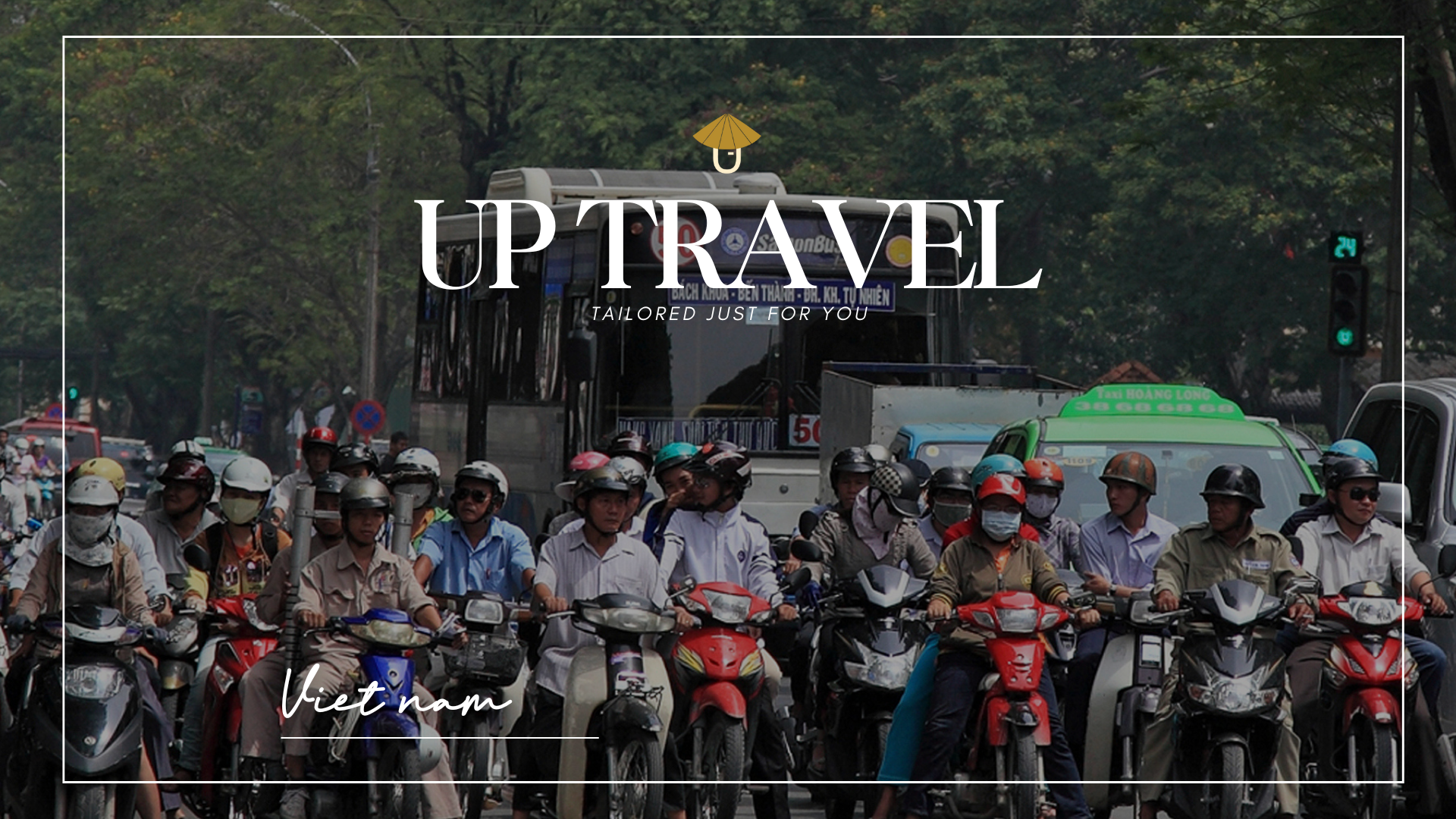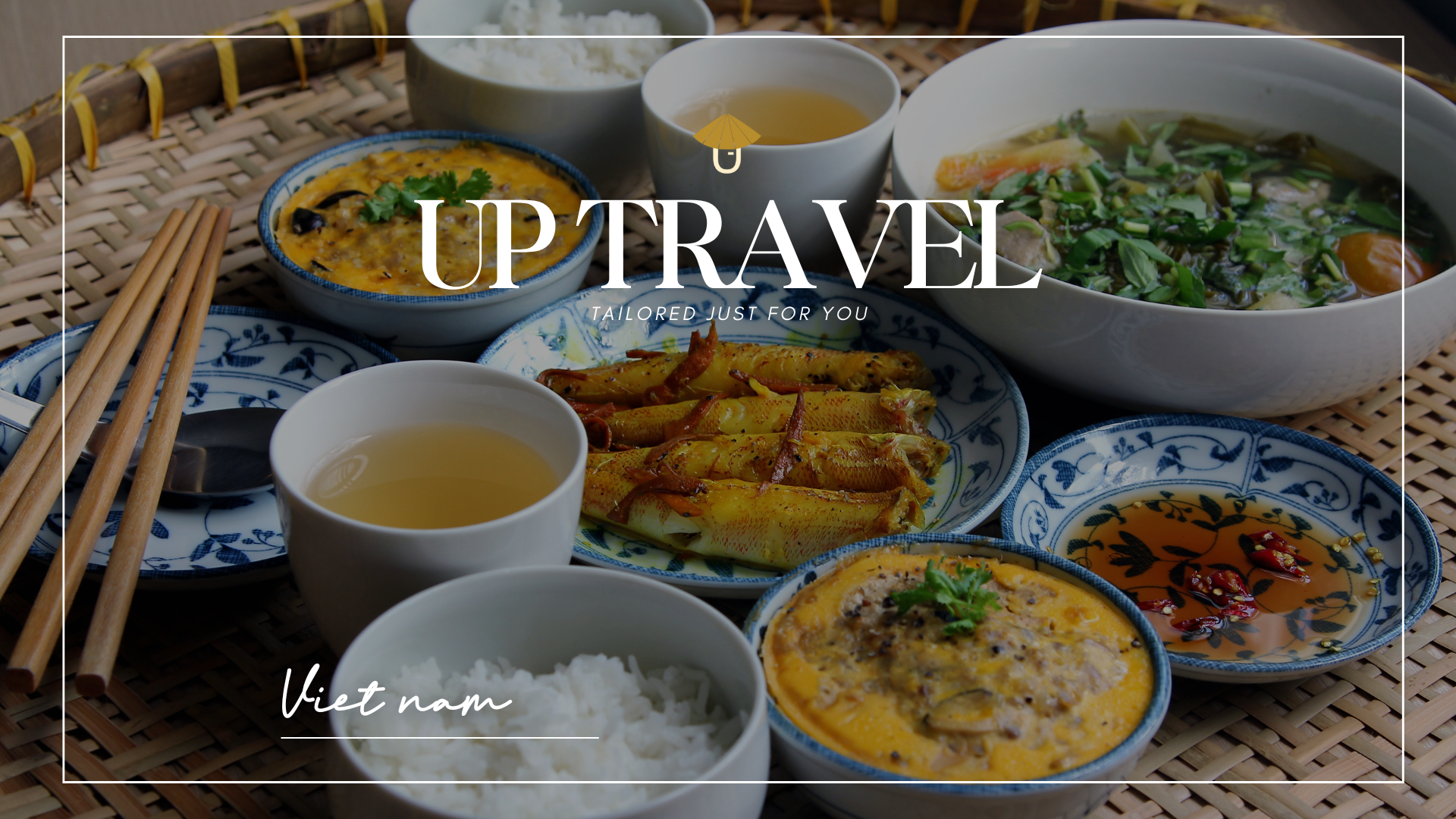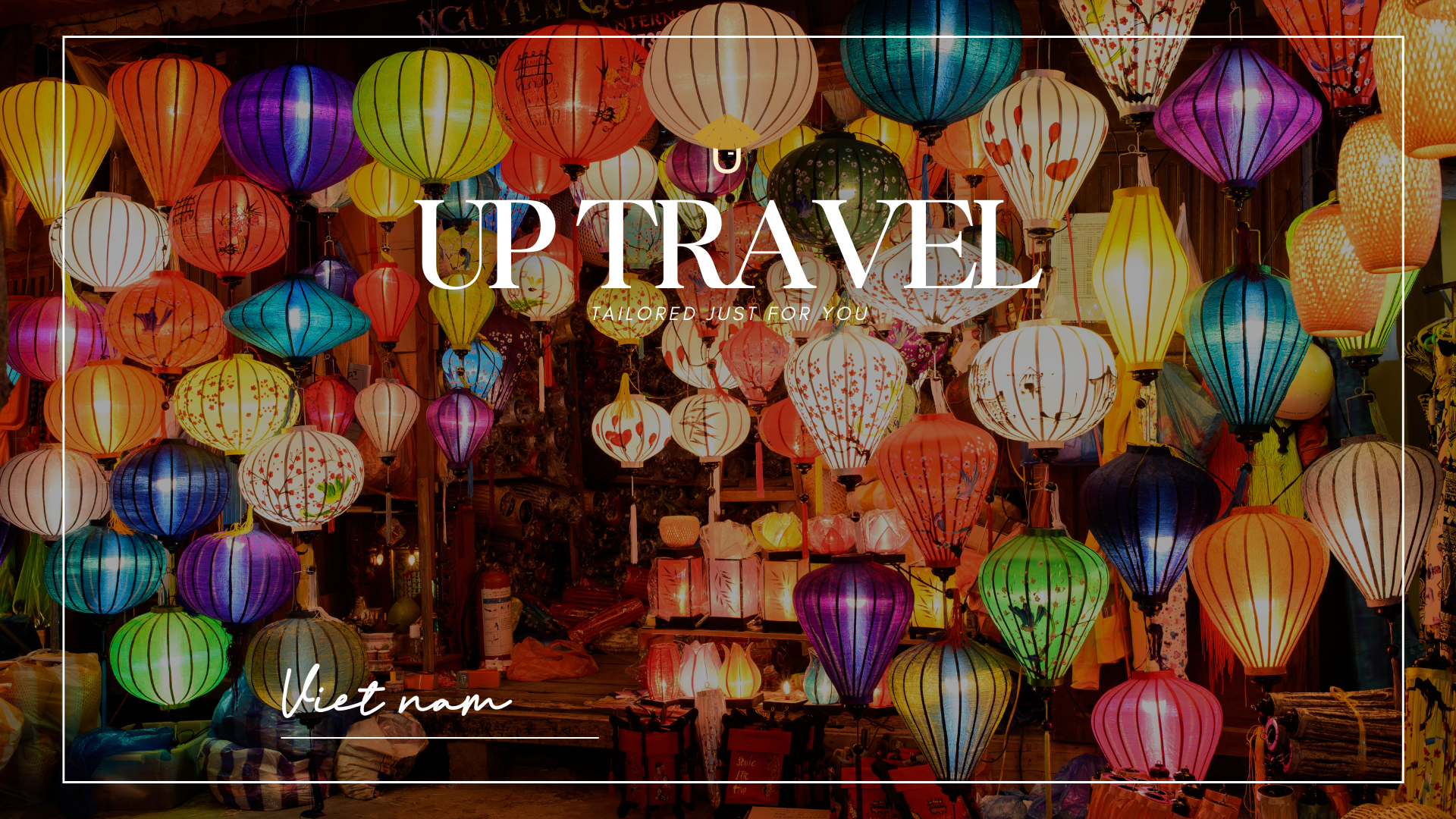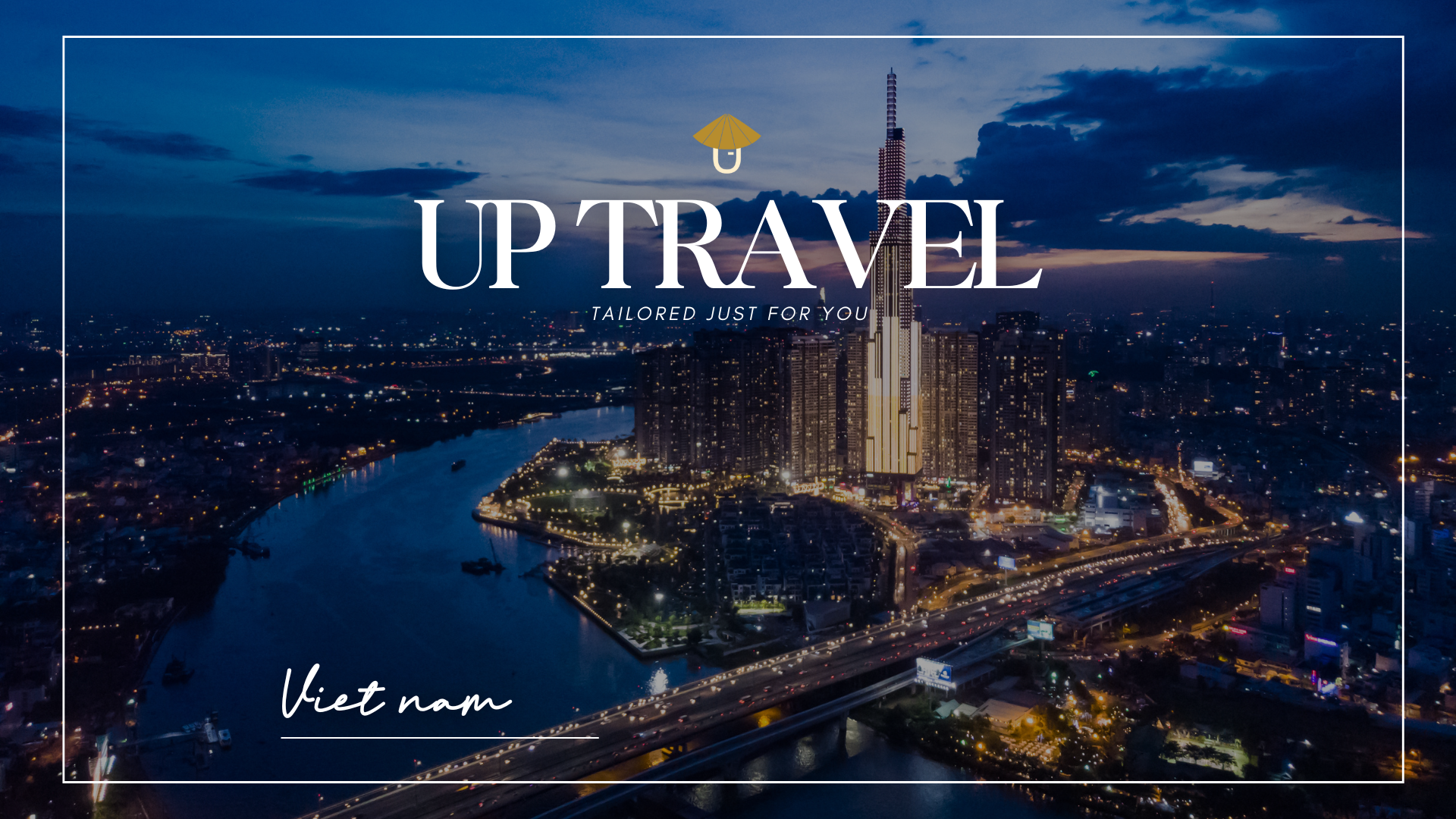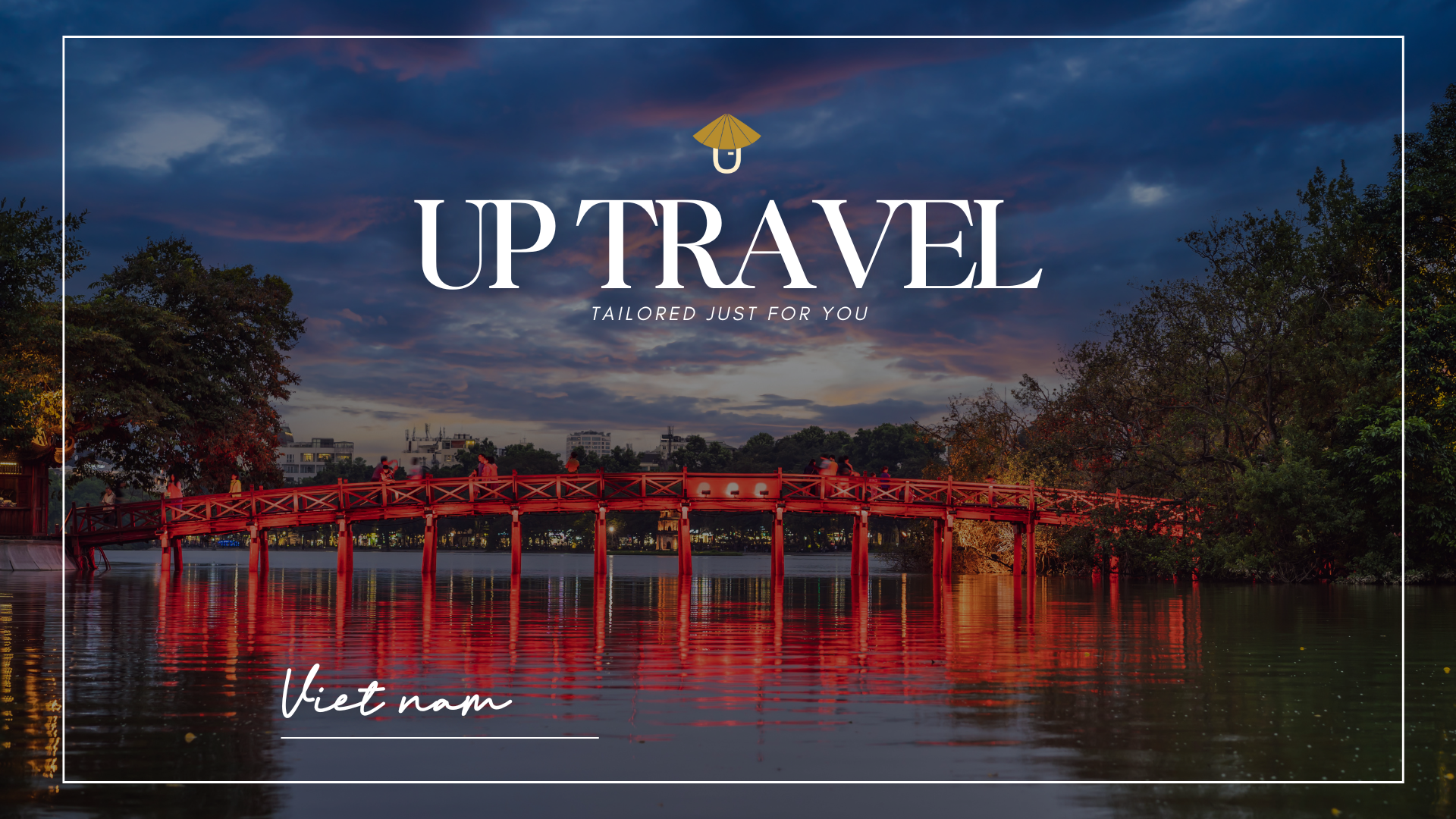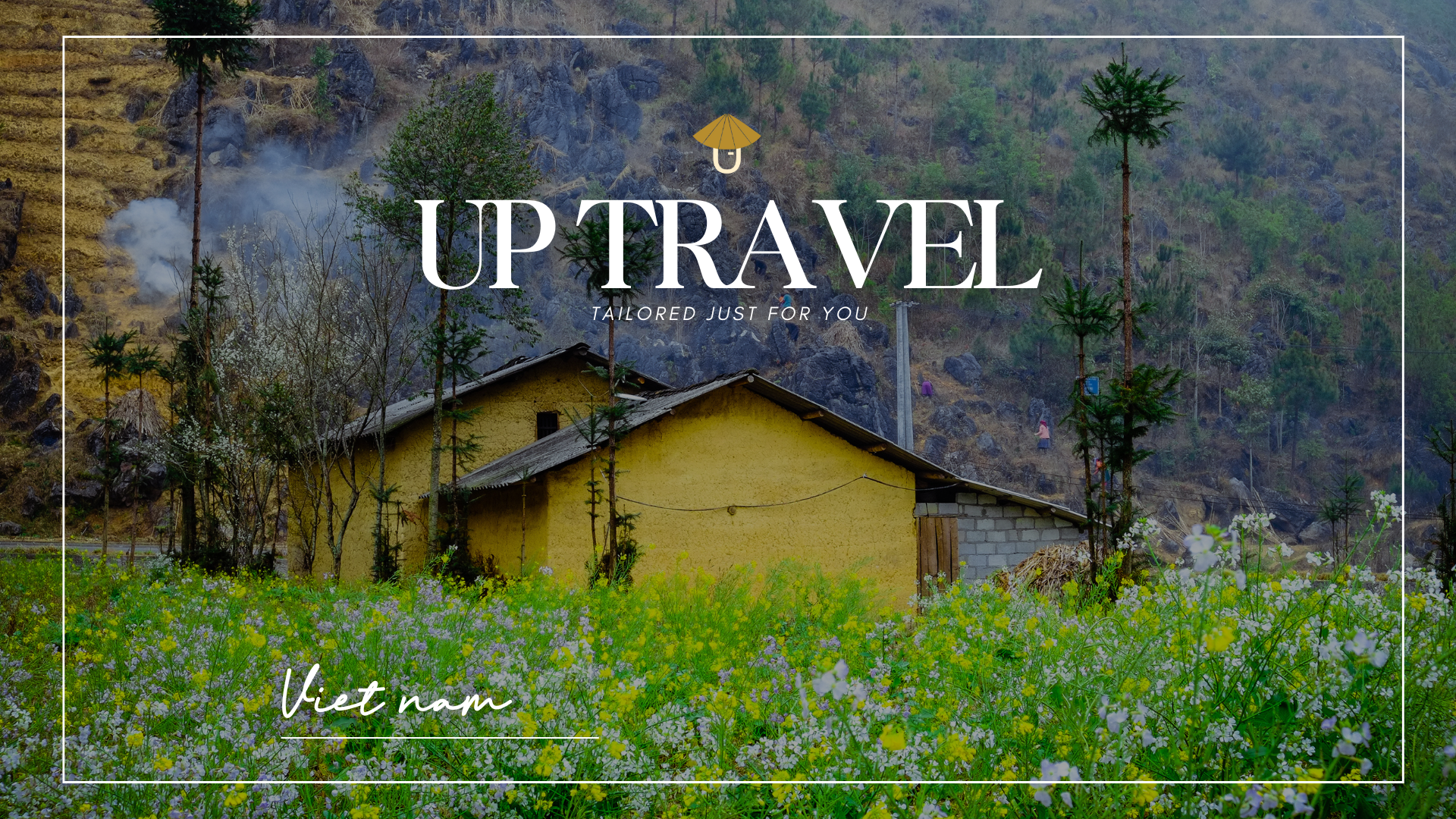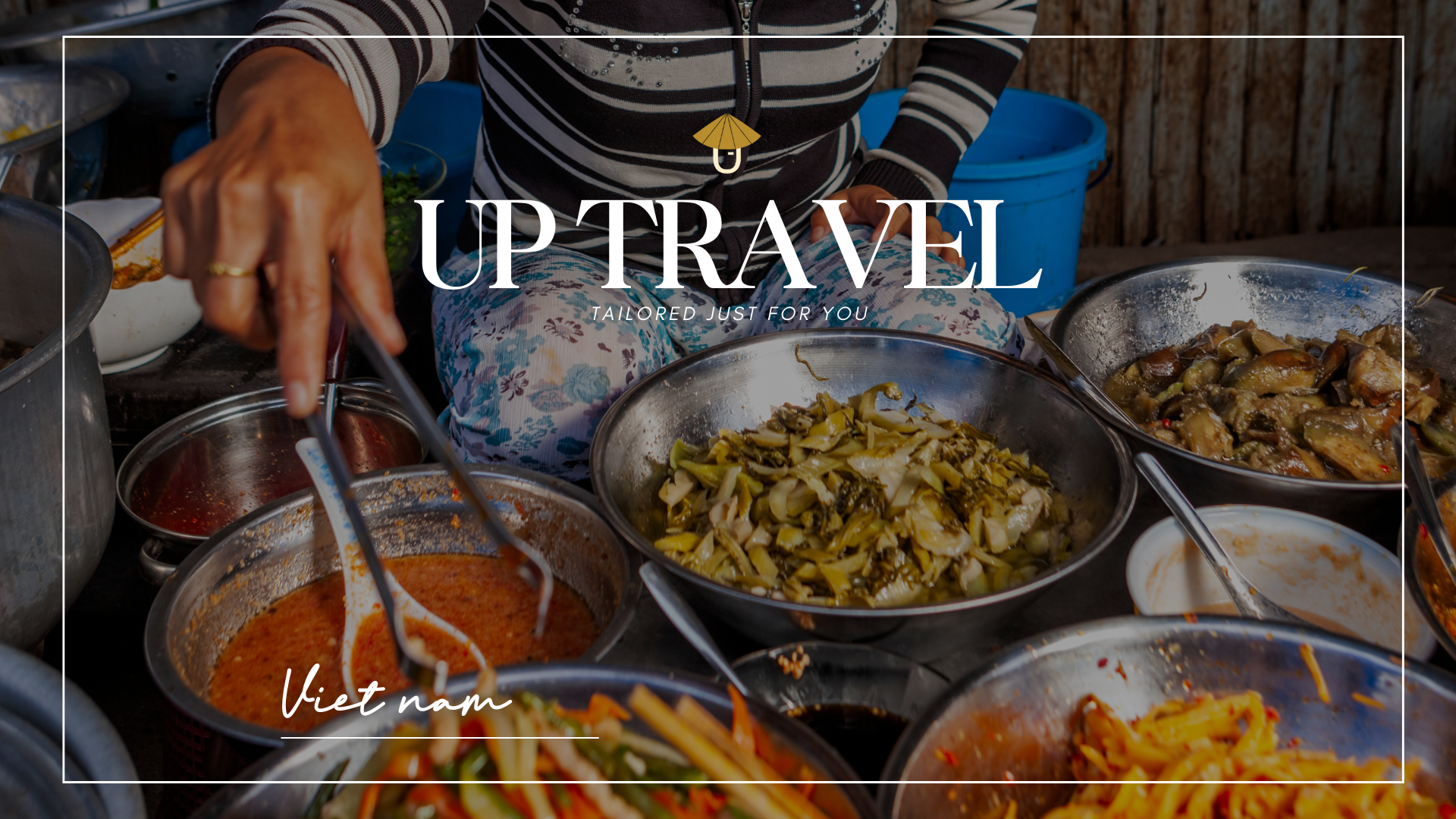Hue: A Timeless Reverie Along the Perfume River
There is a place in Vietnam where history and poetry flow as gently as water, where the scent of frangipani and incense drifts through timeworn corridors, and where every stone seems to whisper the tales of emperors and poets. That place is Hue—once the majestic capital of the Nguyen Dynasty, today a city that enchants travelers with its serene beauty, imperial grandeur, and living traditions. To wander Hue is to step into a story that has been unfolding for centuries, one where the past and present entwine in a graceful dance.

A Royal Welcome at the Imperial City
On a misty morning, as the first rays of dawn gild the ancient walls, enter the Imperial City, a UNESCO World Heritage site that stands as the heart of old Hue. Glide beneath the ornate Meridian Gate—its crimson pillars and curving roofs still echoing the clip-clop of royal carriages. Inside, you’ll discover a labyrinth of palaces, pavilions, and secret gardens, each bearing the name and spirit of emperors who ruled with both wisdom and whimsy.
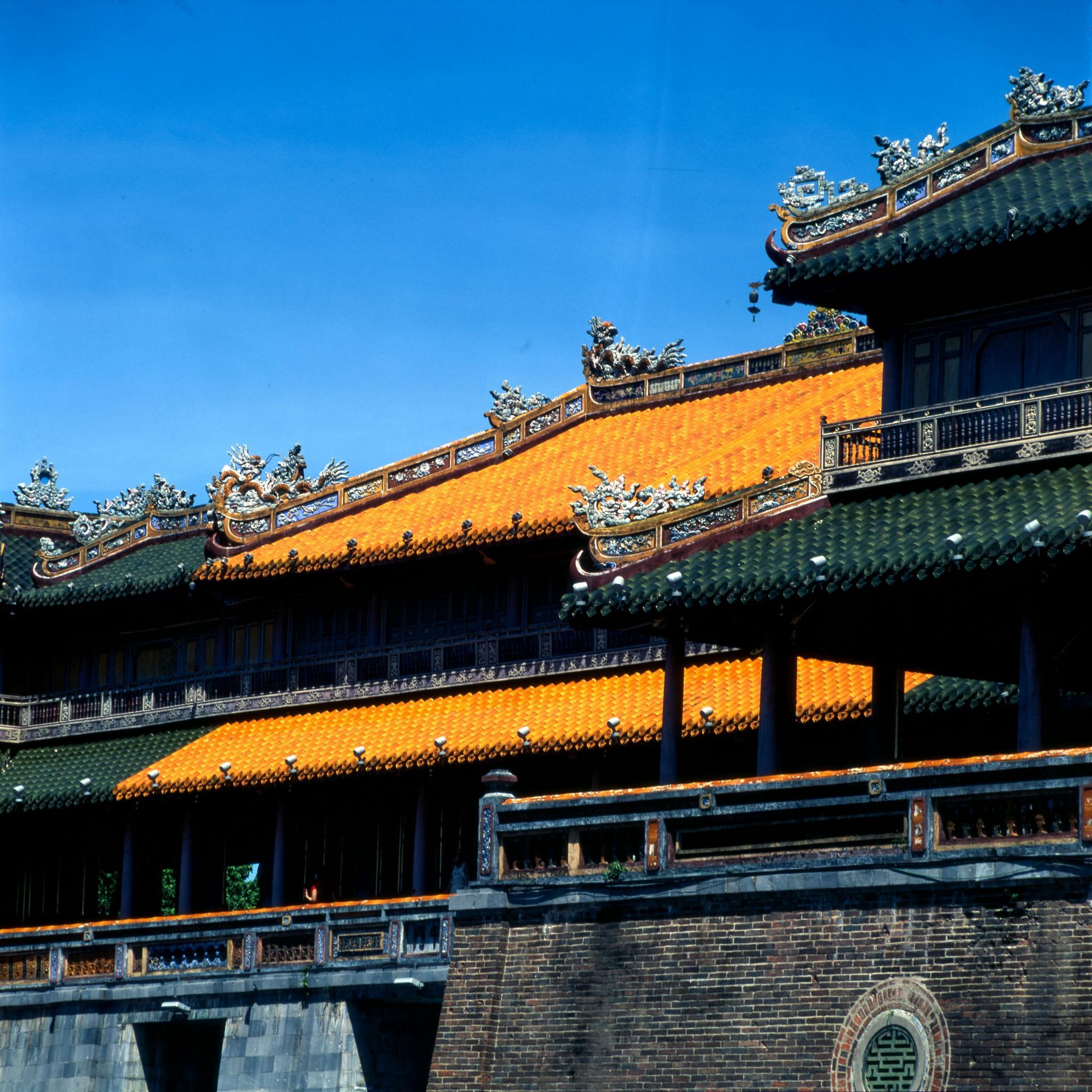
At the Thai Hoa Palace, imagine courtly banquets as dignitaries in silk robes sipped tea and praised poetry. Nearby, the ruins of the Forbidden Purple City—once the private domain of the emperor and his family—lie partly reclaimed by nature, reminding us of the passage of time and the fragility of power. Here, cracked tiles bloom with moss, and fallen lanterns rest beside ancient stone carvings. The silence is profound, broken only by the soft murmur of the Perfume River carried in the breeze.
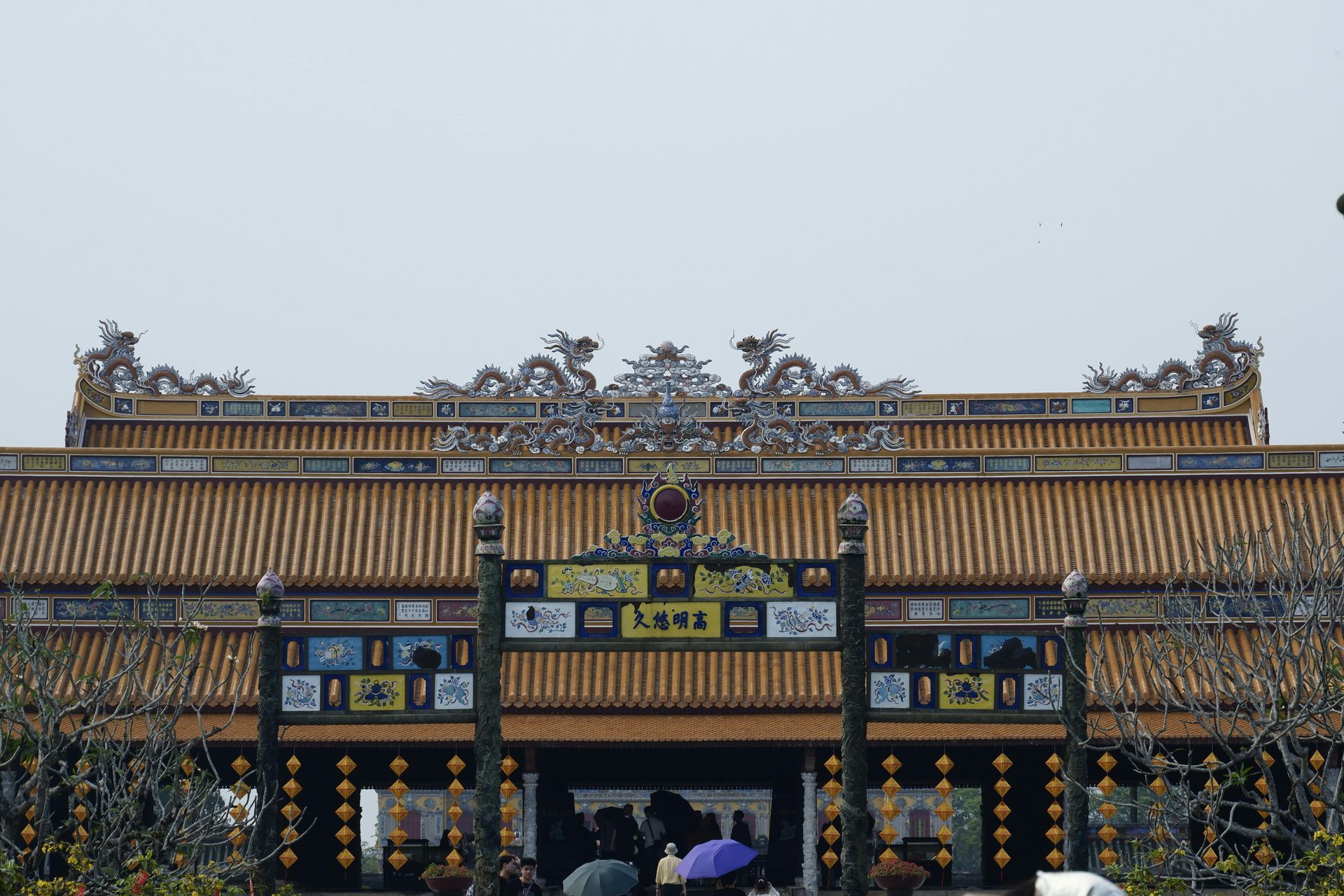
Temple of Literature and the Scholar’s Path
A short bicycle ride or cyclo through narrow lanes brings you to the Temple of Literature, a sanctuary of scholarship dedicated to Confucius and the nation’s first academy. Within its tranquil courtyards, you can trace the footsteps of scholars who once came to honor learning: five stone steles supported by stone turtles, each inscribed with the names of those who excelled in imperial exams.

As you wander beneath the shade of ancient banyan trees, notice the elegance of the lotus ponds that reflect vermilion gates and hexagonal pavilions. Here, knowledge was not merely a path to civil service but a contemplative journey—one that valued poetry as much as politics, and virtue as much as victory. The gentle rustle of leaves seems to beckon visitors to pause and reflect, to remember that true wisdom is often found in moments of stillness.
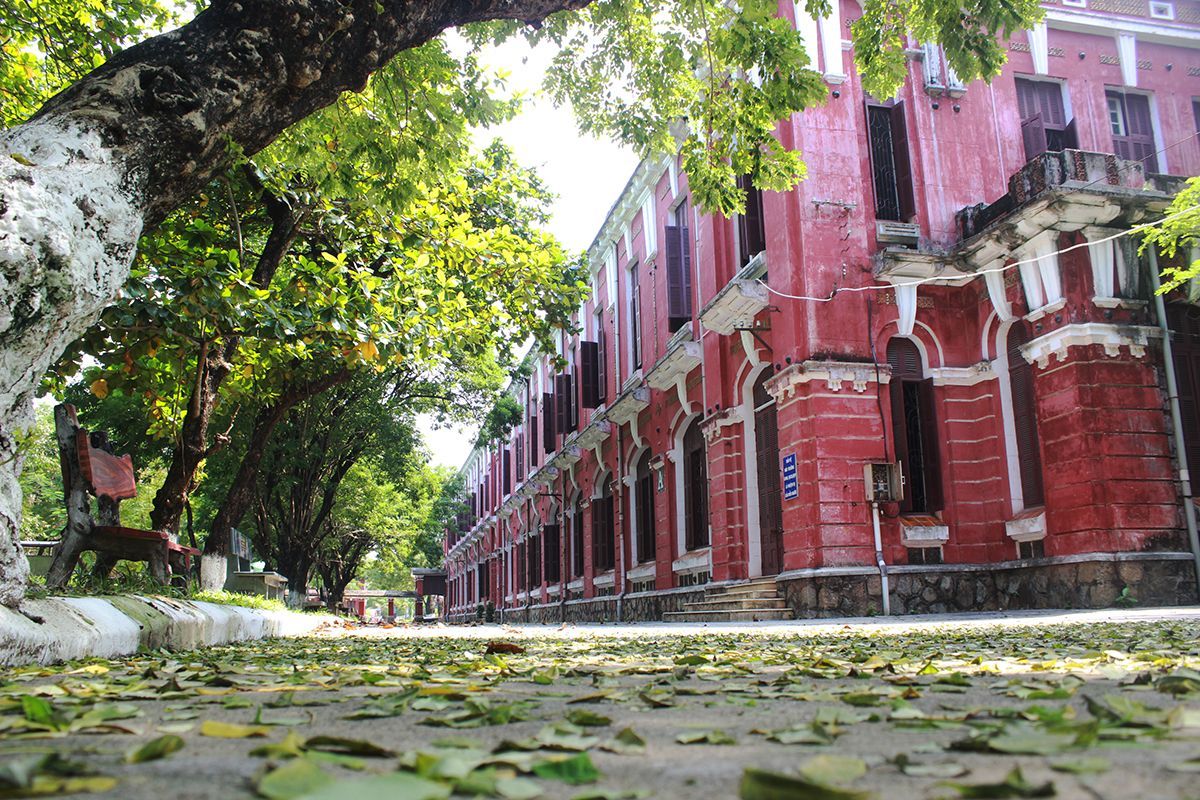
The Perfume River: Waterway of Legends
At the heart of Hue flows the Perfume River (Song Huong), its jade-green waters winding with effortless grace. Legend holds that in autumn the blossoms of perfumed flowers drift onto its surface, infusing the air with a sweet fragrance. Boarding a dragon-boat at sunset, you glide past water hyacinths and riverside temples, the silhouette of Thien Mu Pagoda rising like a sentinel on its wooded hill.

As lanterns are lit on the riverbank, the scene transforms into living poetry. Candlelit boats drift past, their reflections dancing. Monks chant prayers at the pagoda’s stone steps, and the air is filled with incense and evening breeze. This is a Hue that awakens the senses—a Hue that invites you to surrender to the rhythm of water, wind, and the enduring rhythms of life.
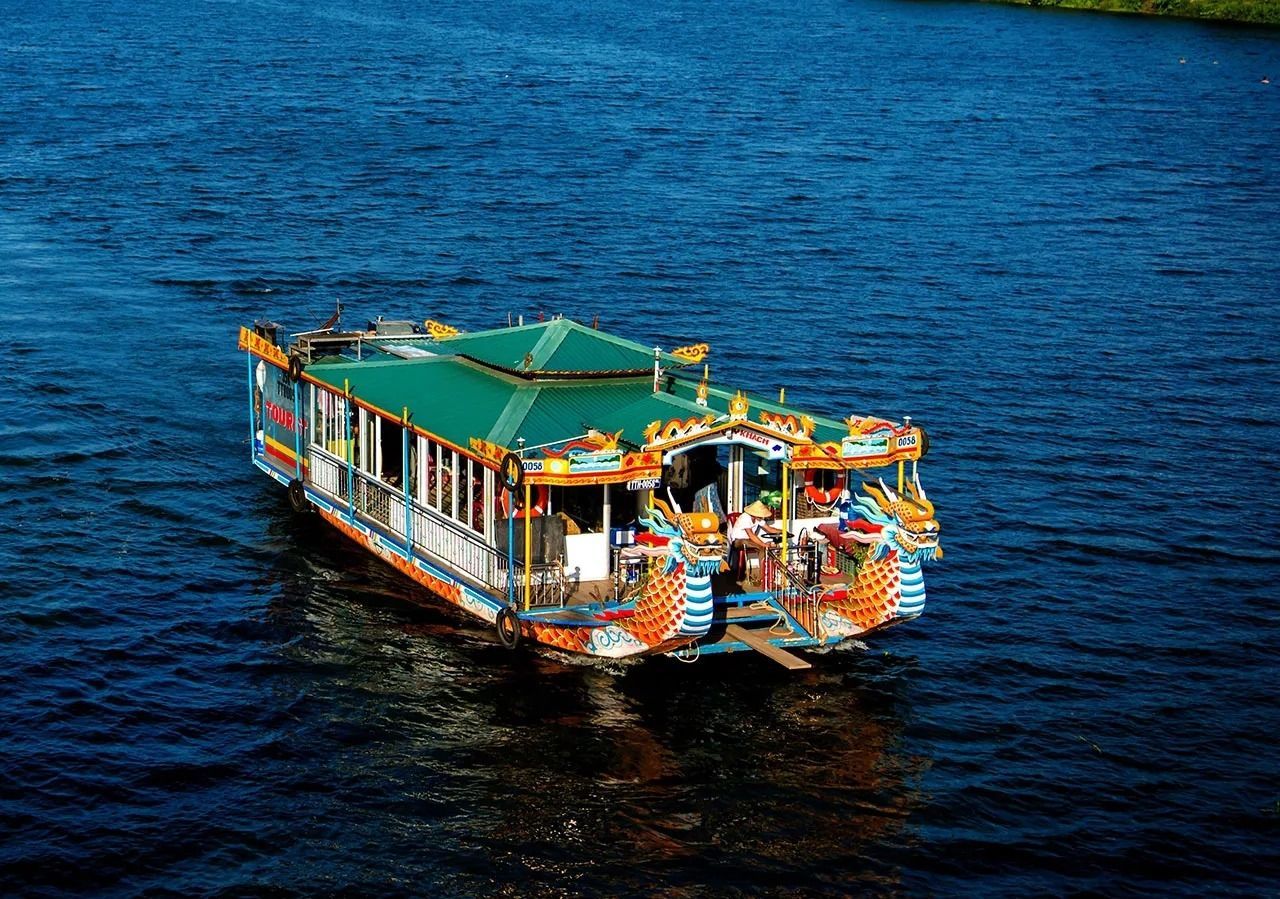
Culinary Poetry: Flavors Fit for Royalty
Hue’s reputation as a cradle of refined cuisine is well deserved. Drawing on its imperial legacy, the city’s dishes are celebrated for delicate spices, artistic presentation, and layers of flavor. A single bowl of bun bo Hue carries the warmth of lemongrass, the heat of chili, and the comforting depth of simmered beef broth—an elegant symphony of tastes.
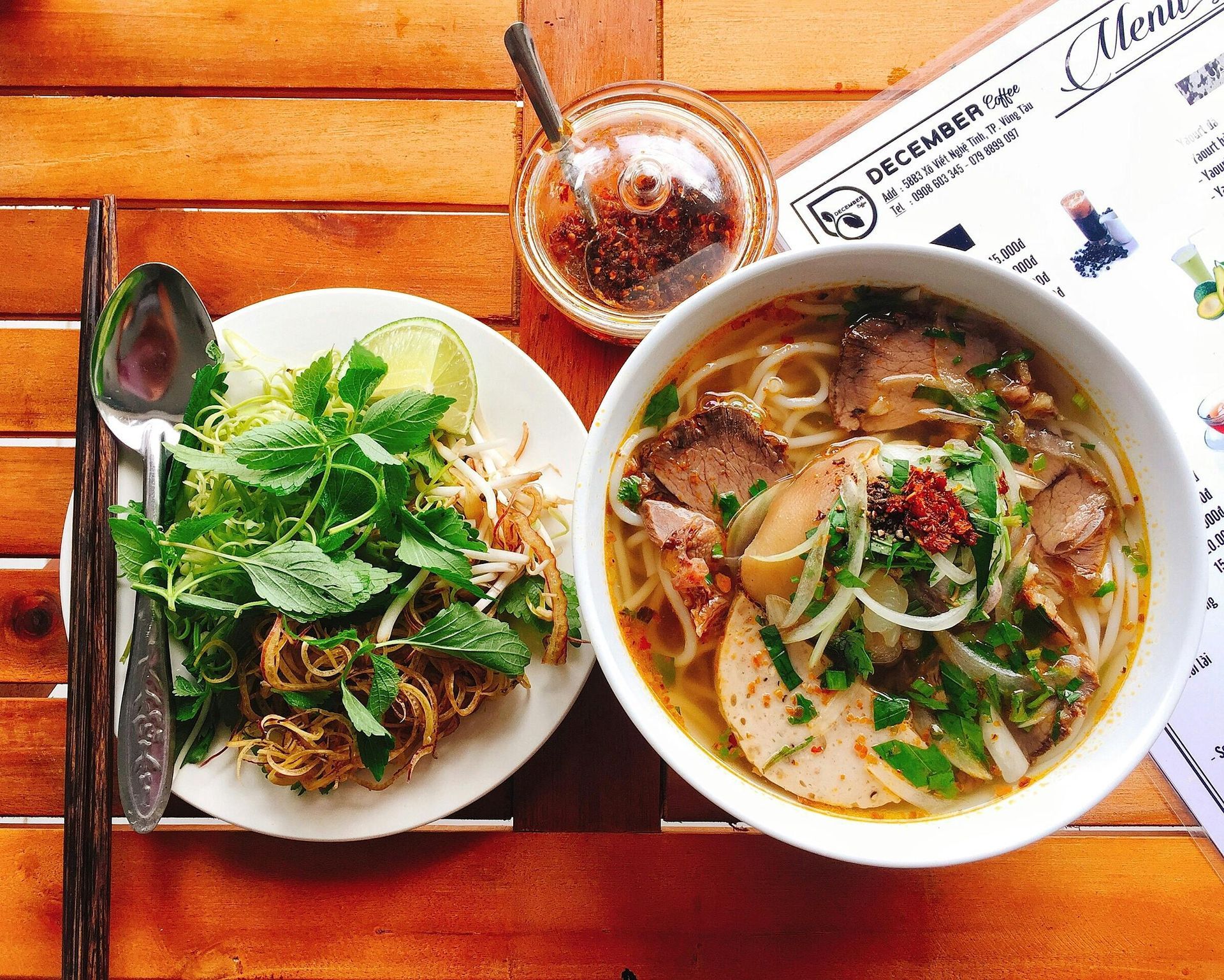
In sunny courtyards, savor banh beo, steamed rice cakes crowned with shrimp and crispy shallots, each bite a perfect balance of soft and crunchy. At dusk, dimly lit tea houses serve com hen—a humble yet deeply satisfying dish of baby clams, rice, peanuts, and herbs that encapsulates the essence of local ingredients.
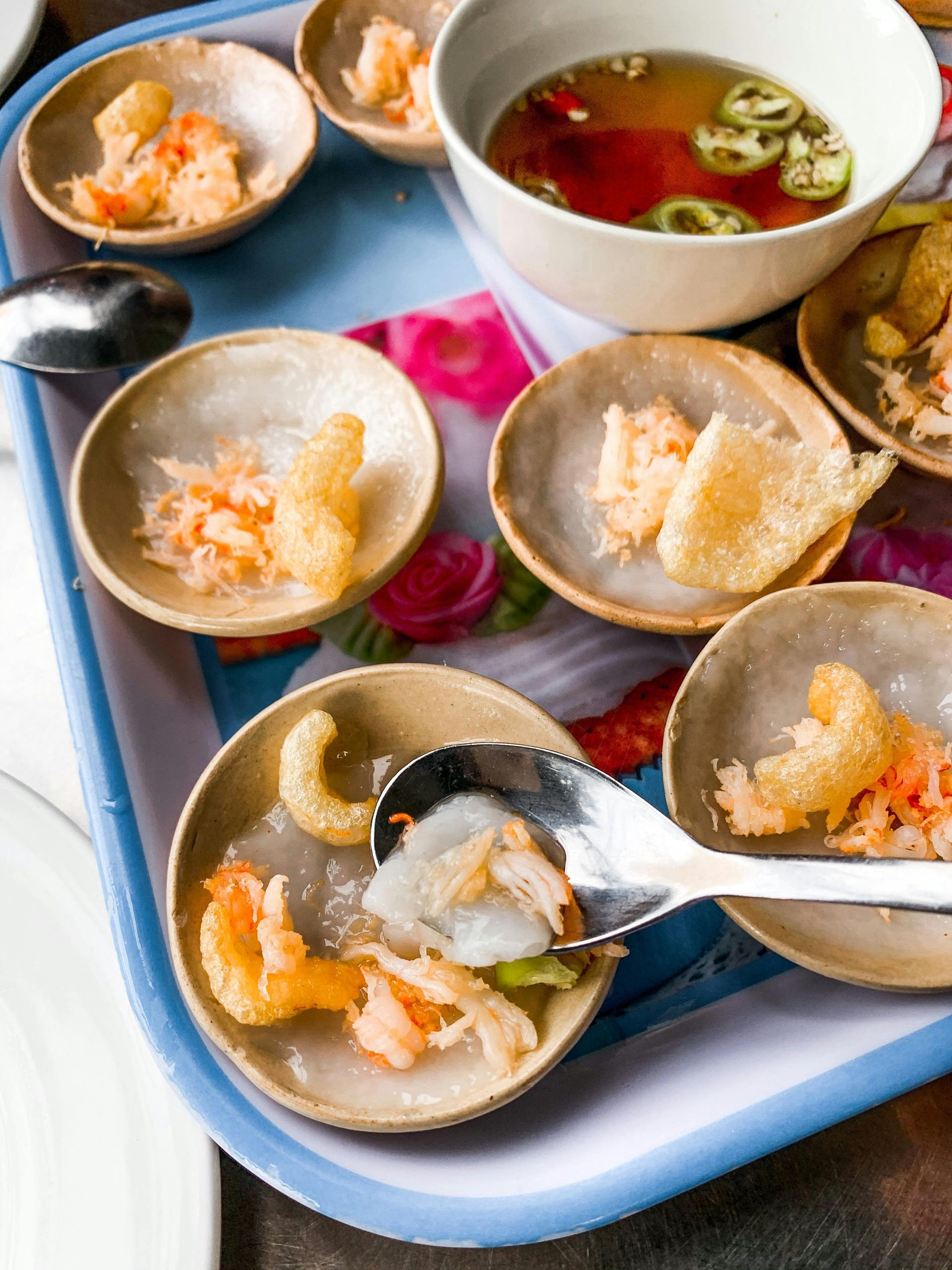
And for the curious palate, a com (green rice flake) or nuoc mia (sugarcane juice) refreshes and delights. These culinary encounters are not mere meals but intimate conversations with the city’s heart—an invitation to taste history and tradition.
Living Traditions: Festivals and Artisans

This is paragraph text. Click it or hit the Manage Text button to change the font, color, size, format, and more. To set up site-wide paragraph and title styles, go to Site Theme.
In quieter moments, wander to artisan workshops where lacquerware artists, conical hat weavers, and incense makers ply their centuries-old crafts. Watching a master apply layer upon layer of resin or shape a silk lantern by hand is witnessing devotion—to beauty, to skill, and to the stories carried forward by each generation.
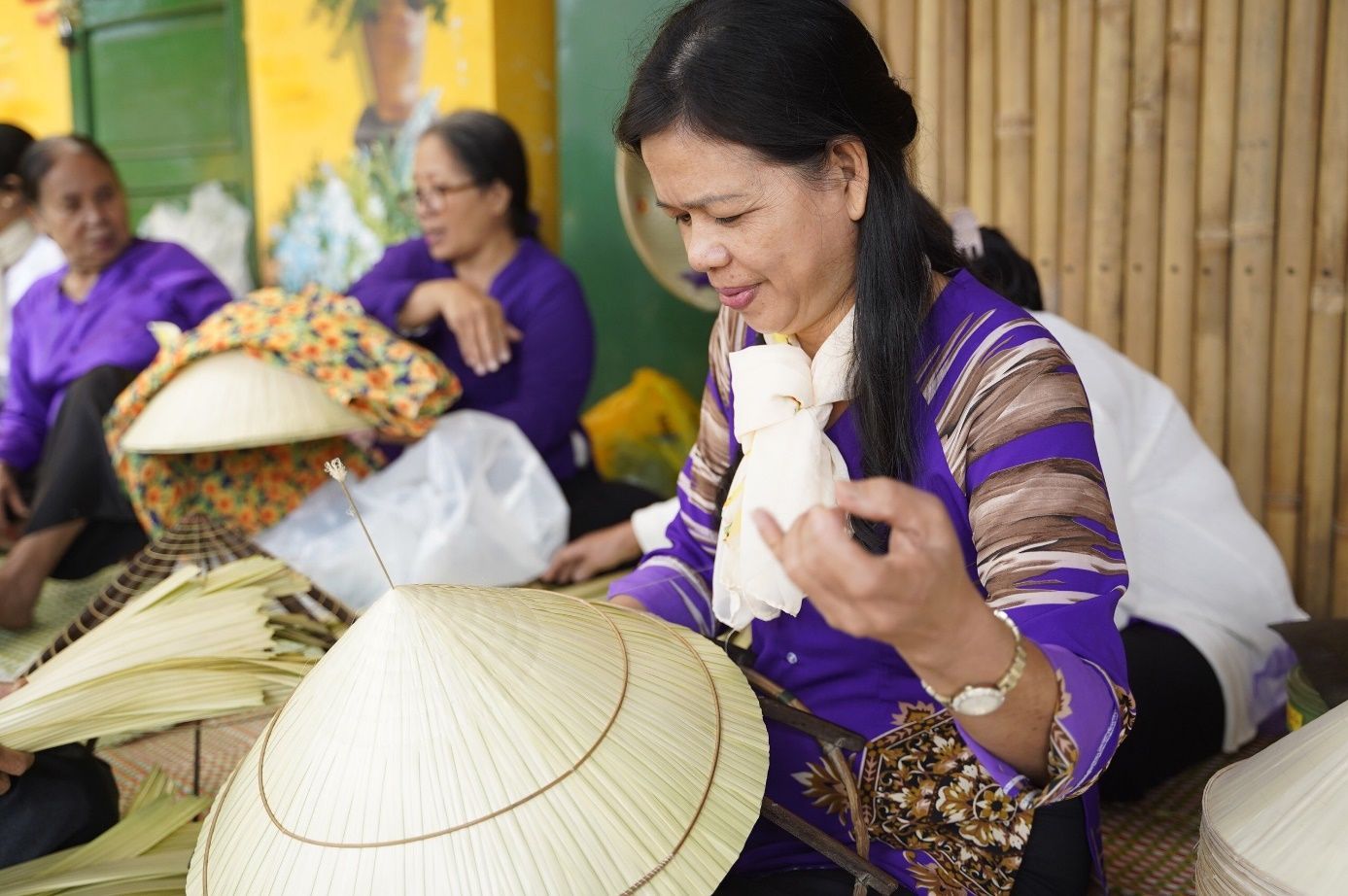
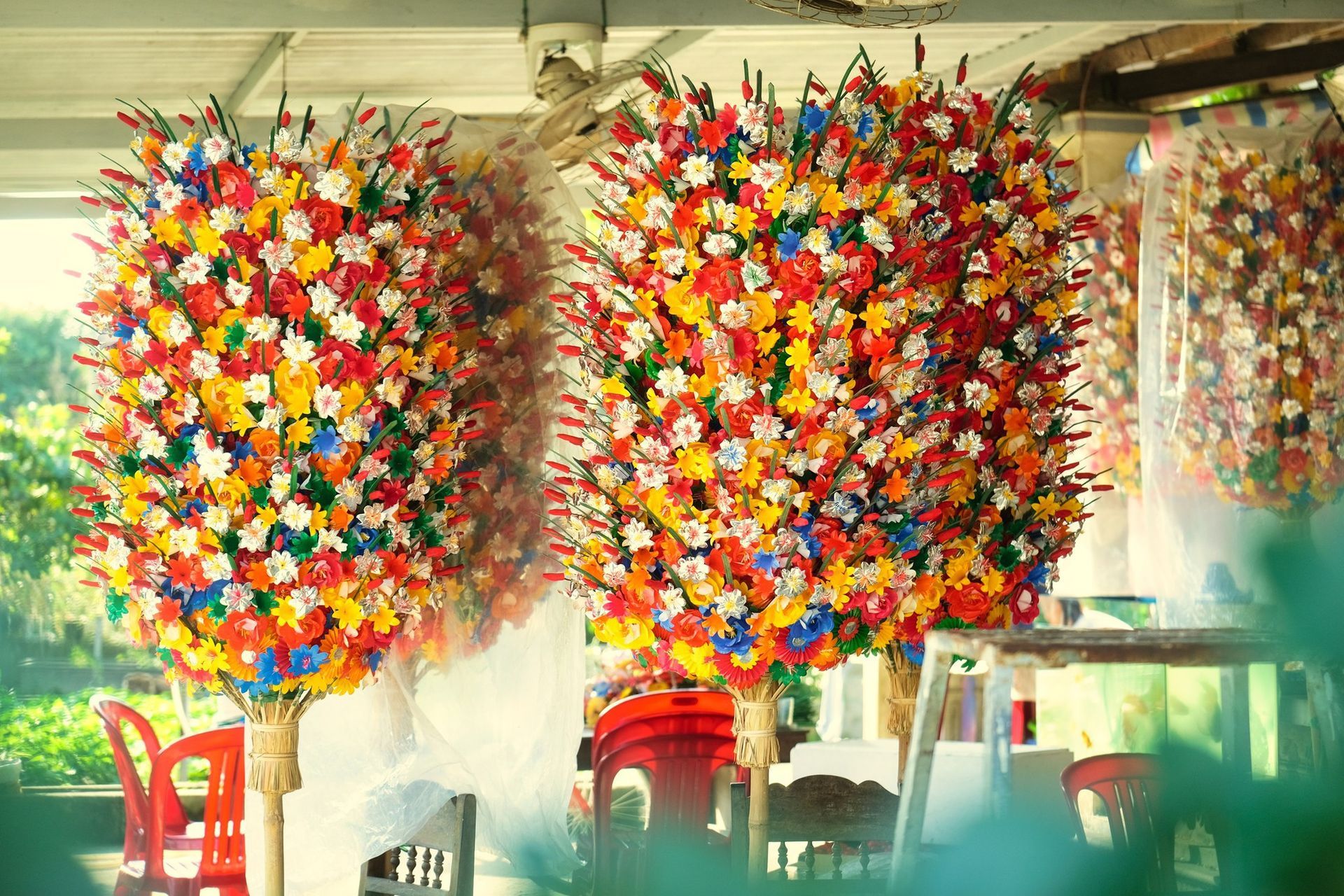
In Hue, time moves differently. Here, there is space to breathe between moments, to listen to the soft echo of history, and to discover that serenity can flourish even amidst reminders of empires and upheavals. Whether you are drawn by its imperial grandeur, its poetic river, or its flavors distilled from centuries of courtly refinement, Hue extends a gentle, whispered promise: come, linger, and be transformed by the delicate poetry of this timeless city.
Join us in Hue, and allow the stories of emperors, poets, and artisans to awaken your own sense of wonder - Tailored Just For You.
